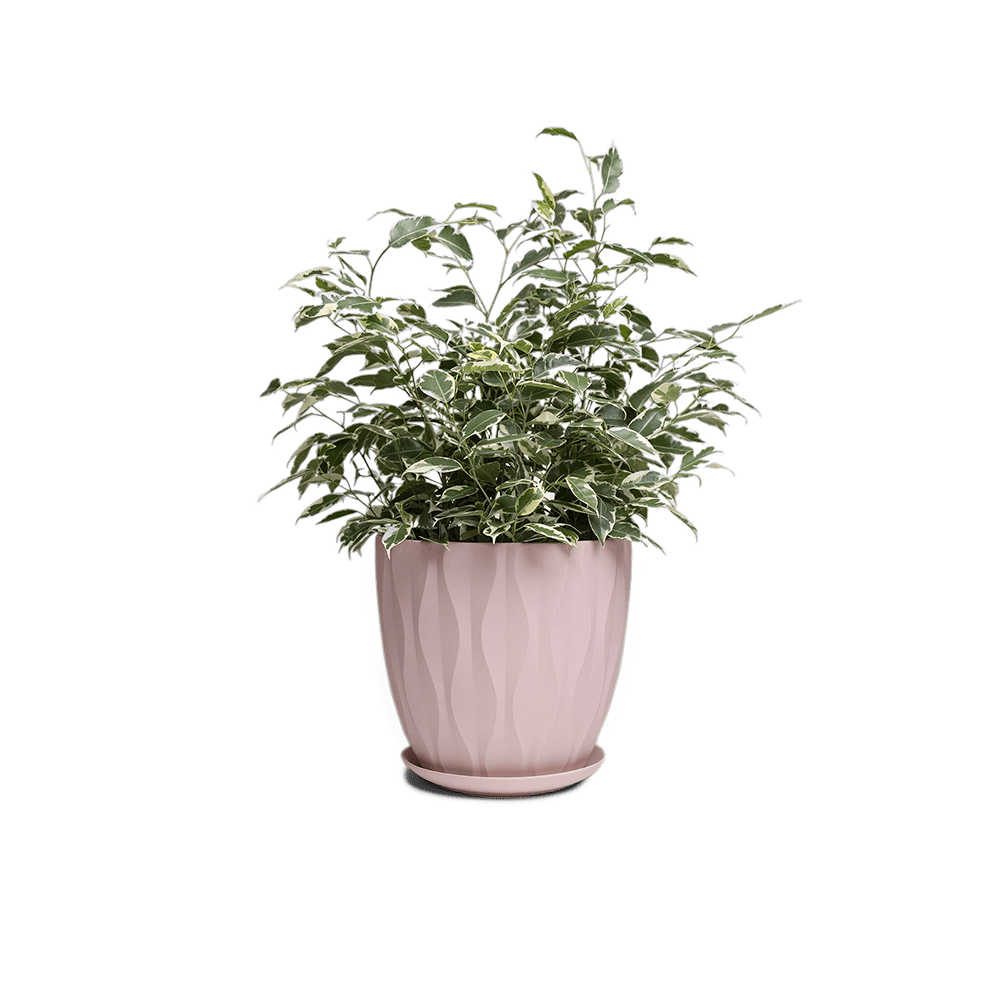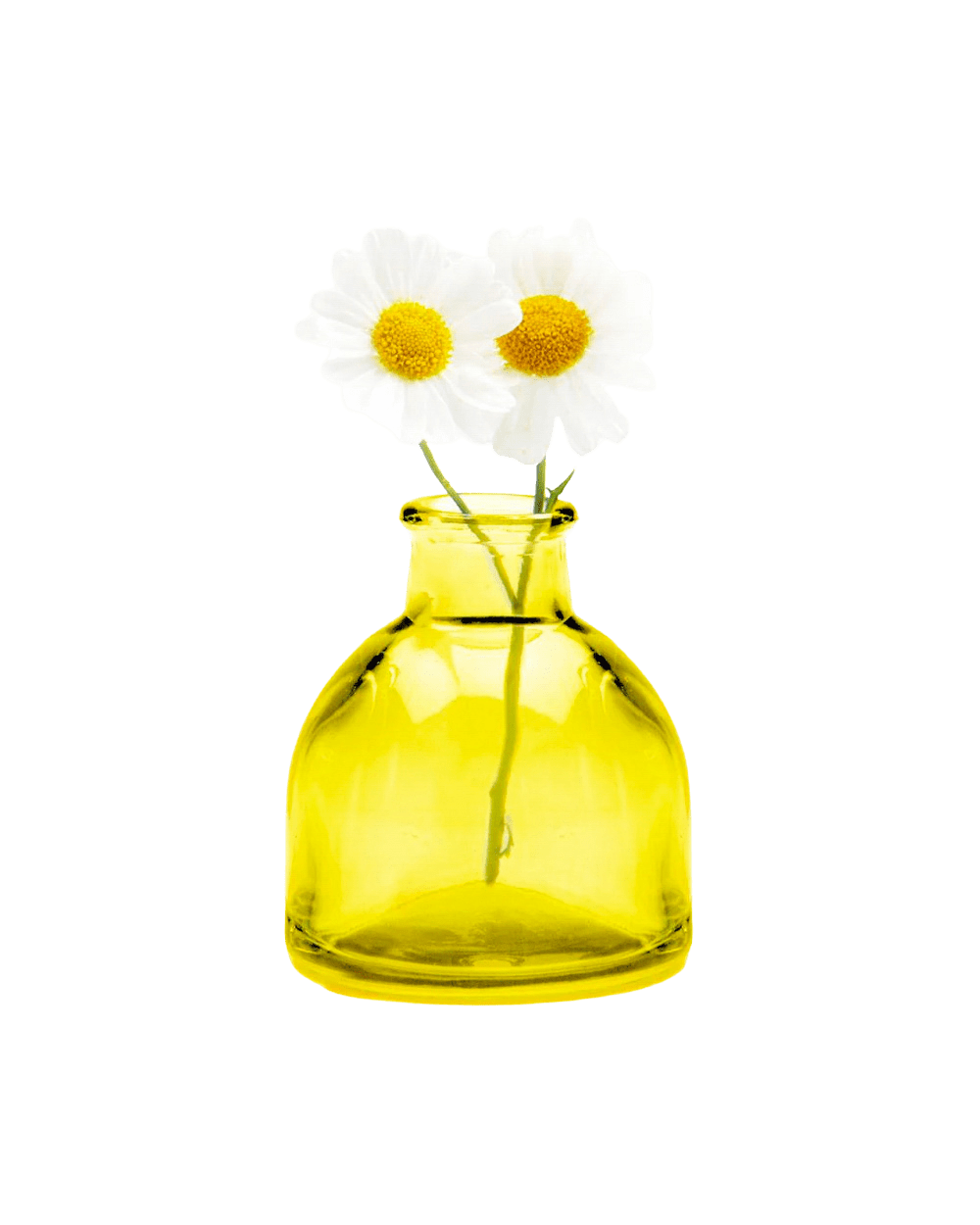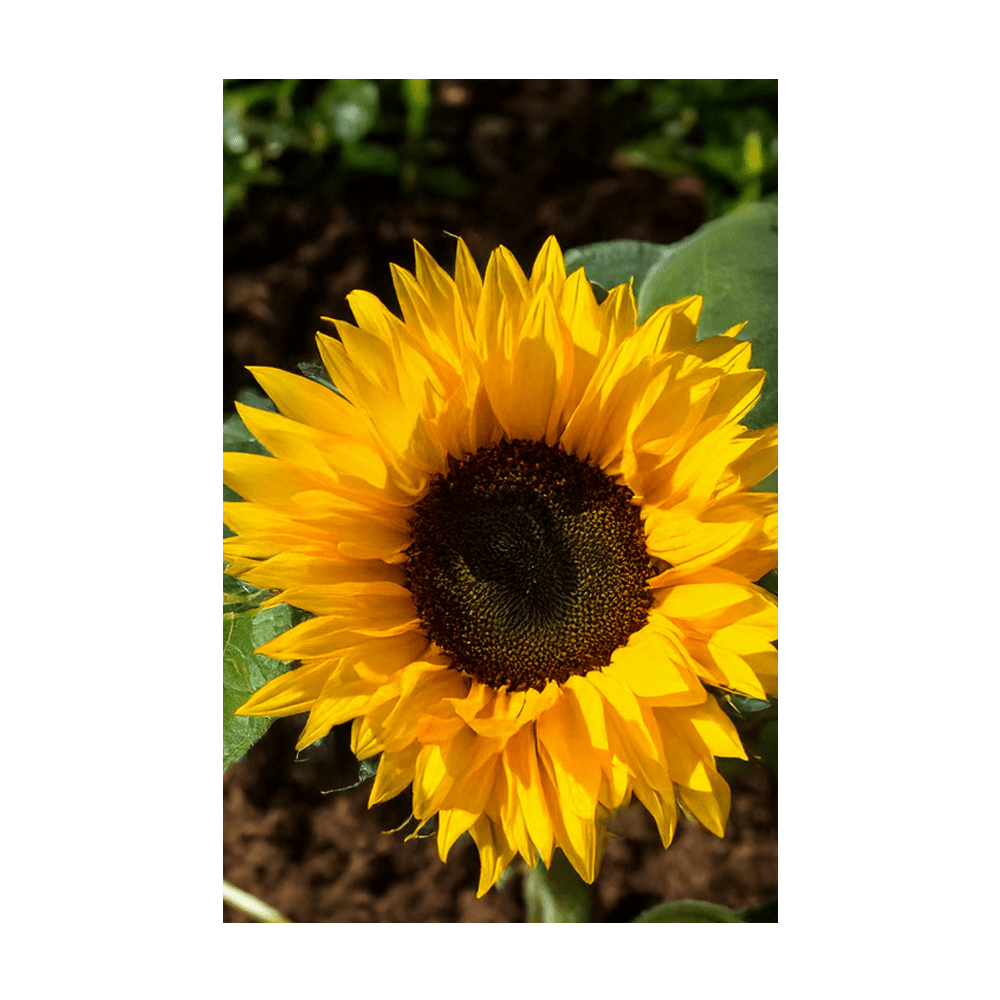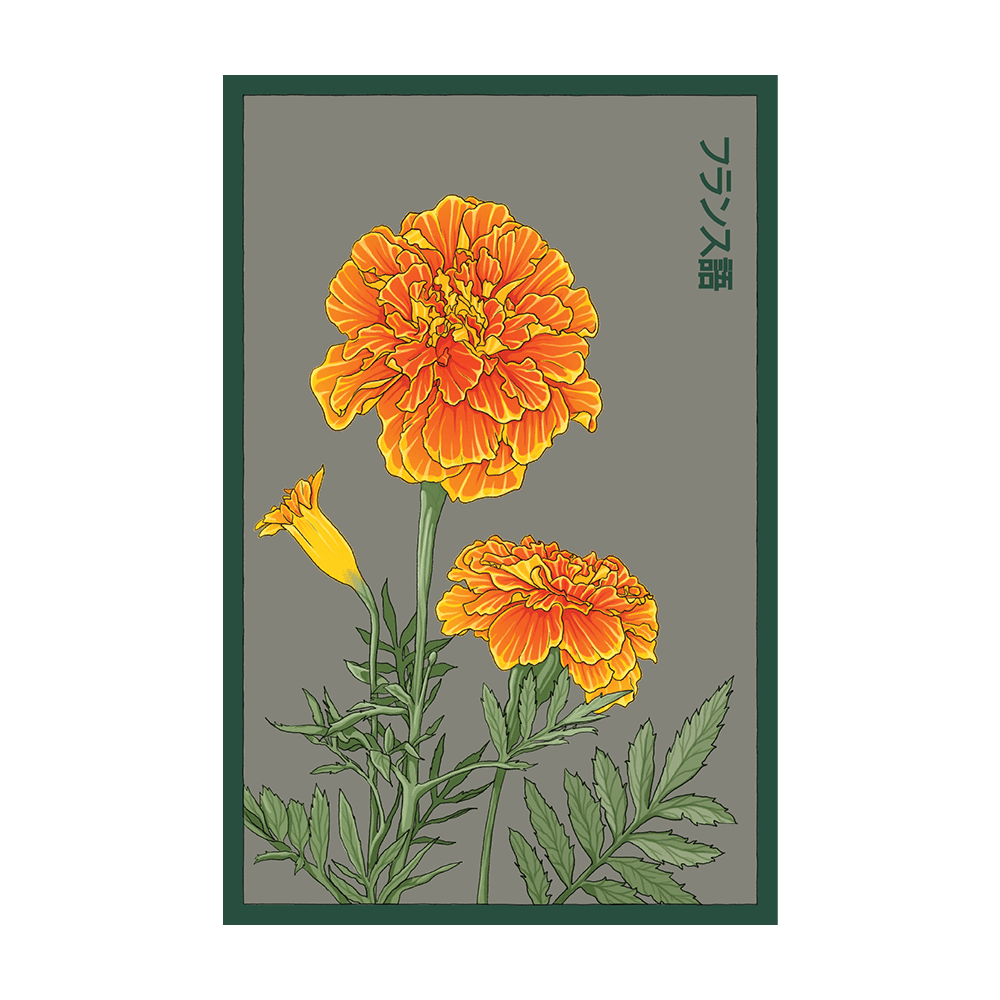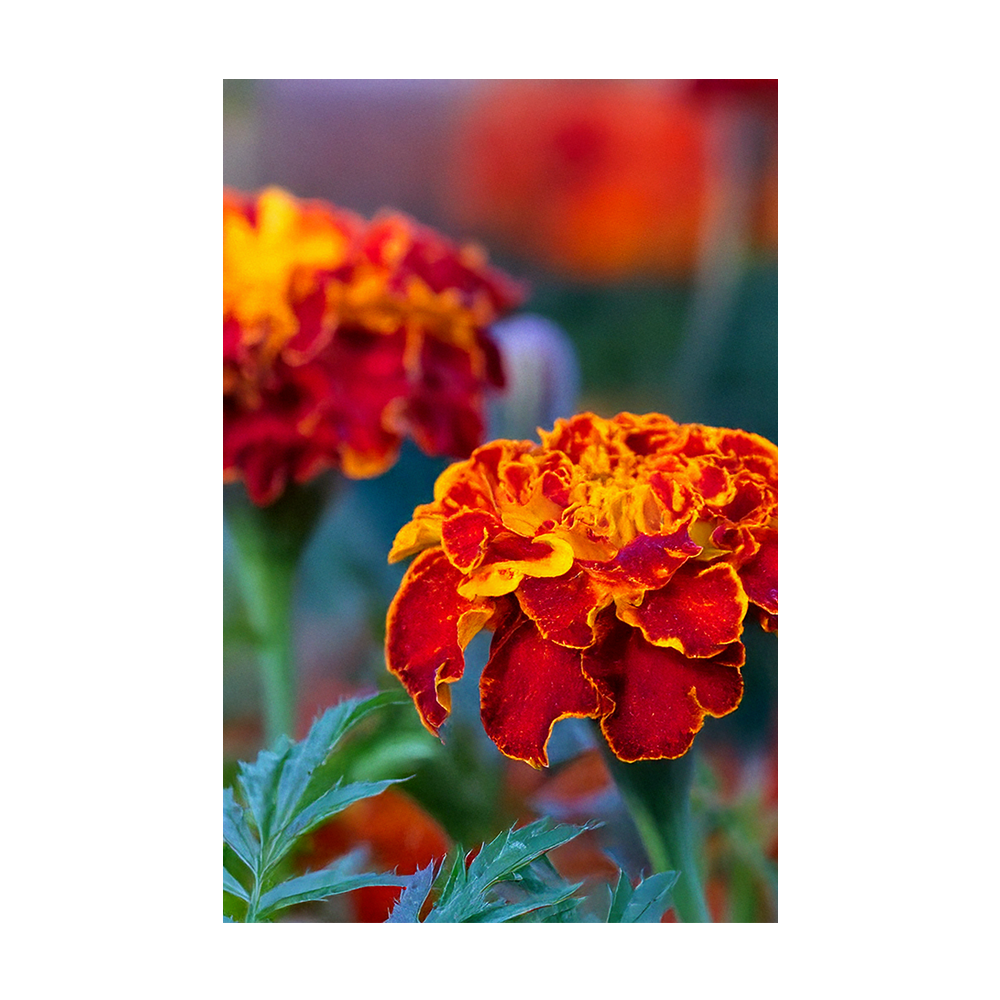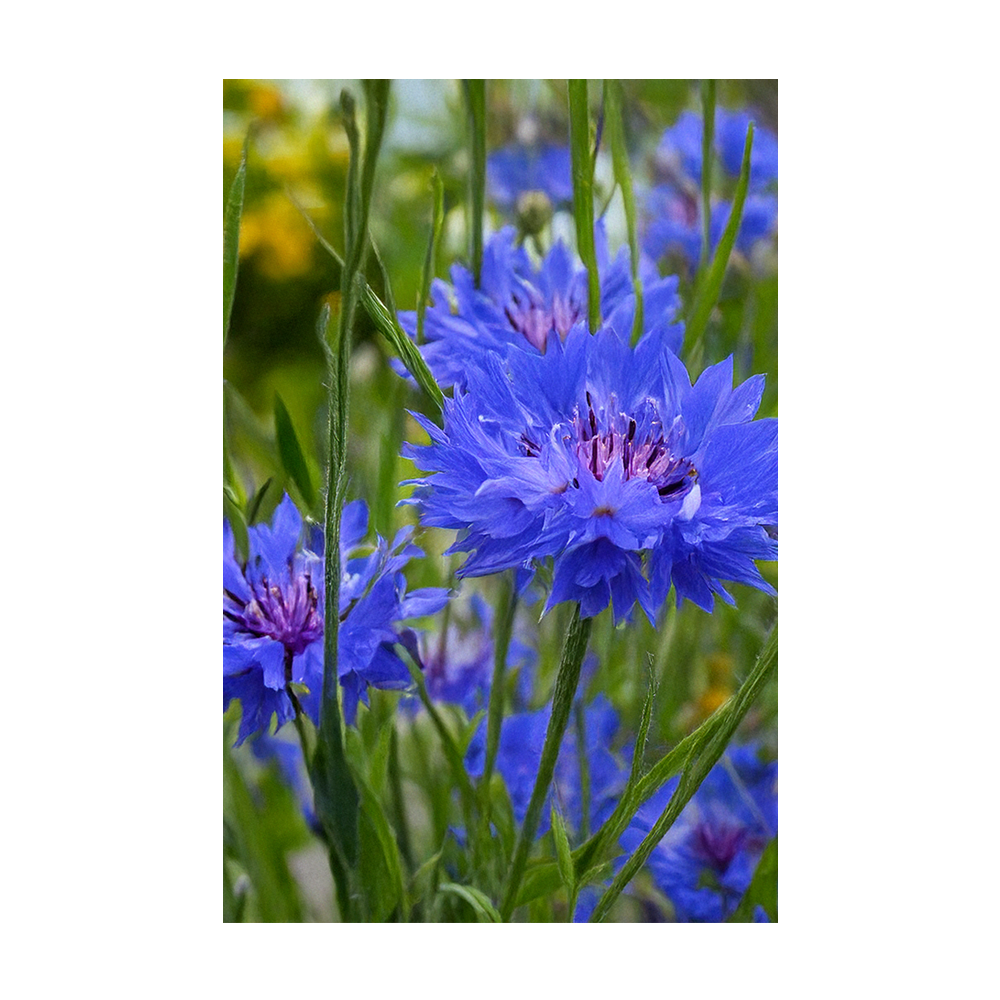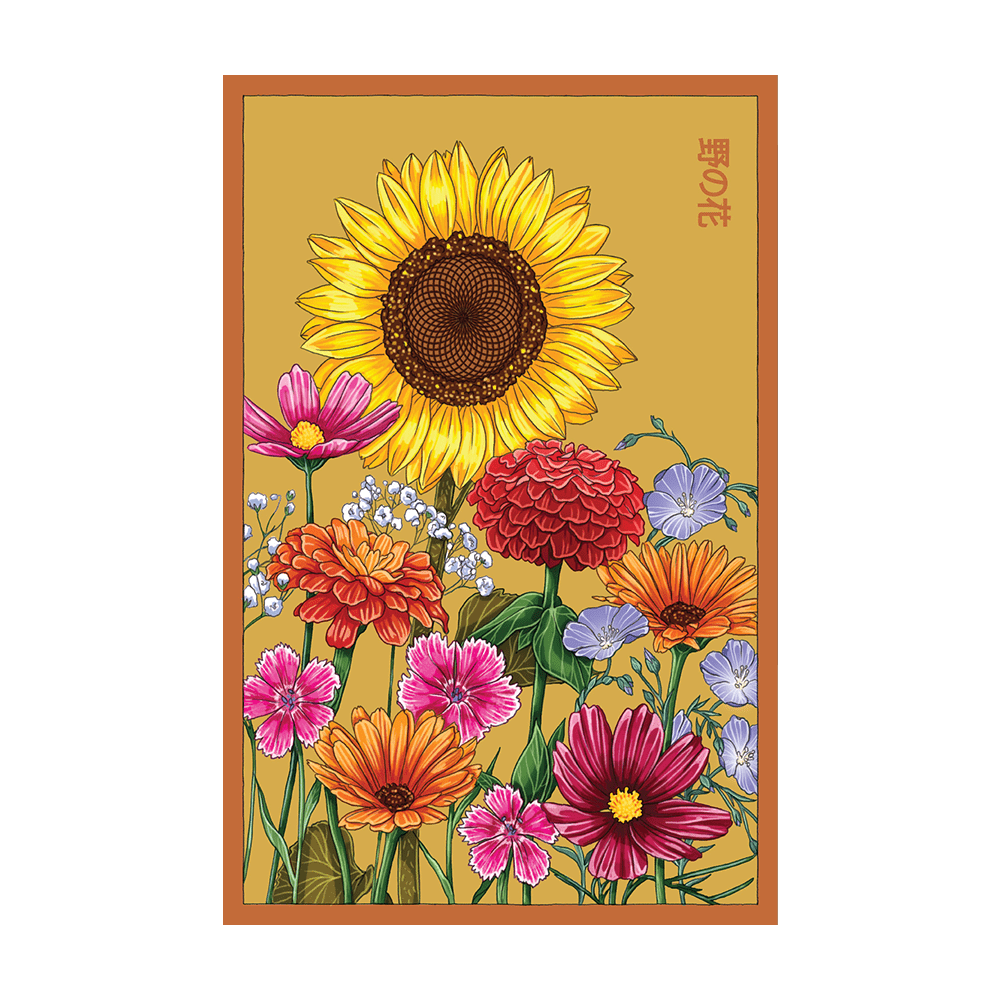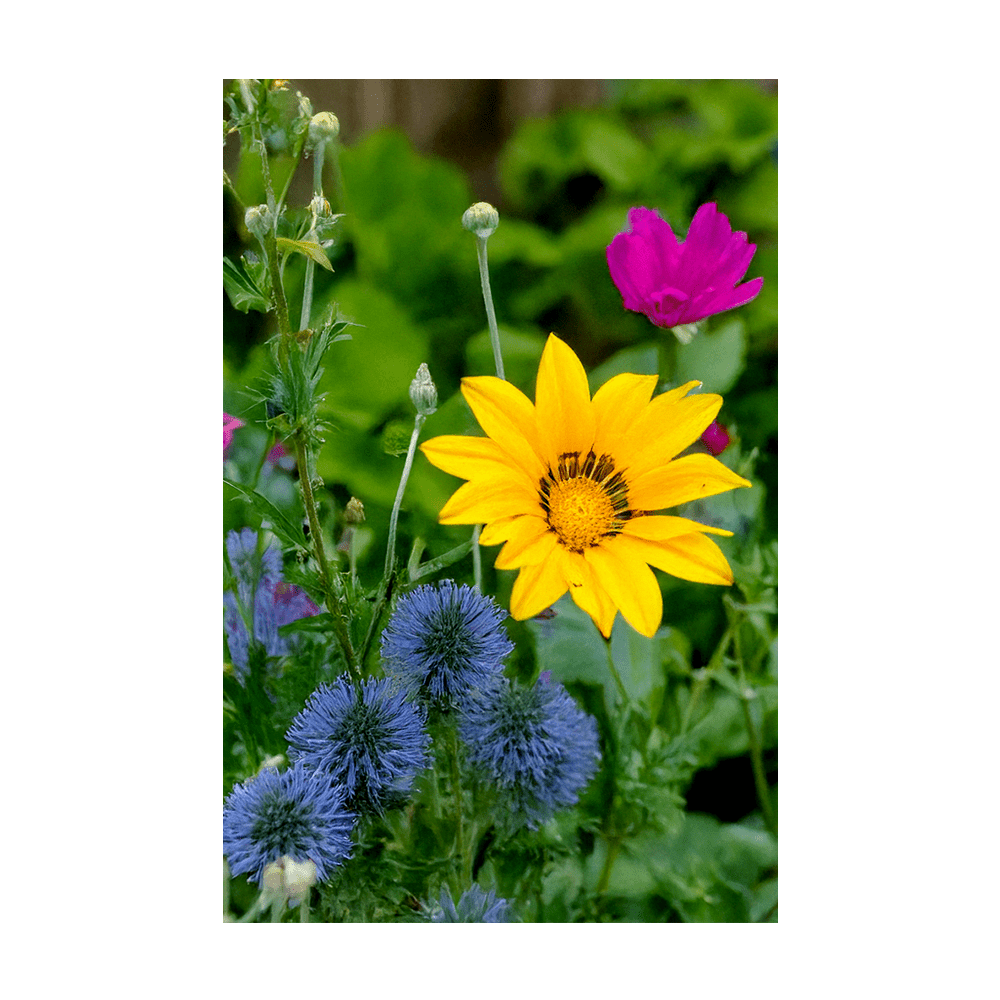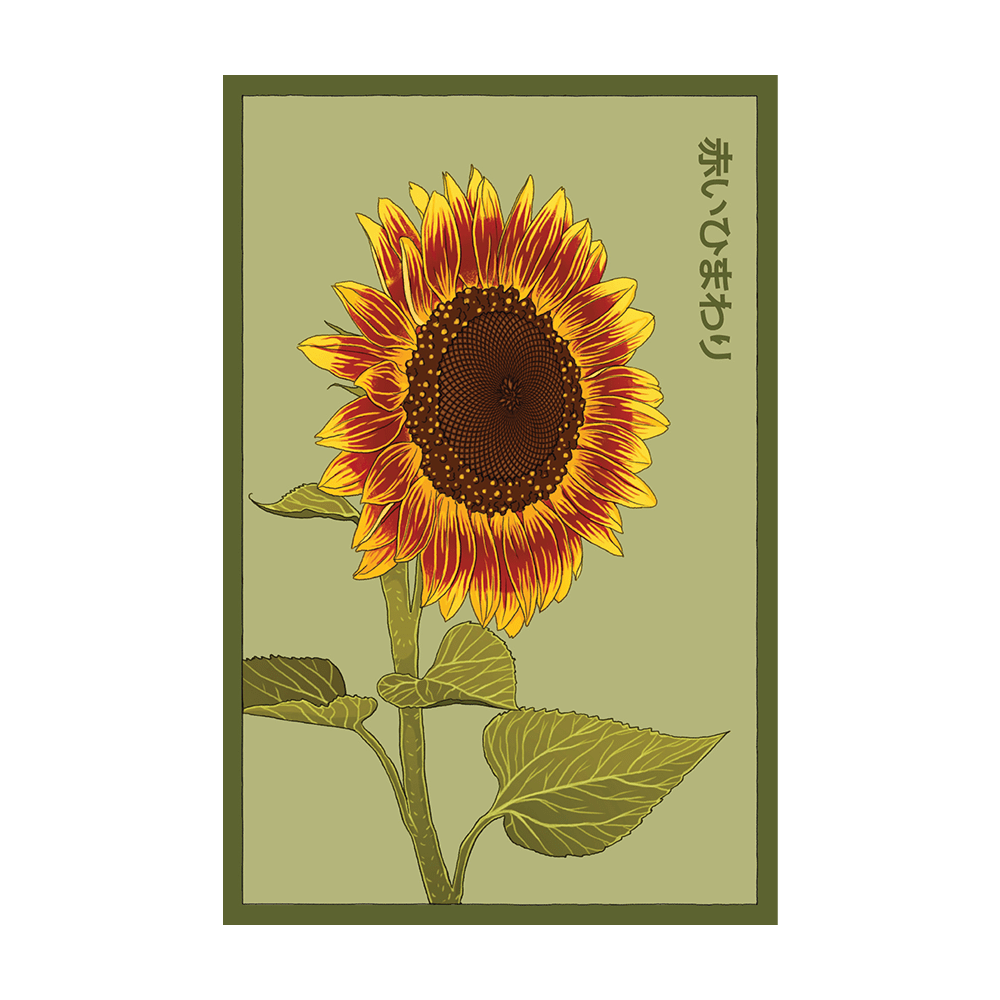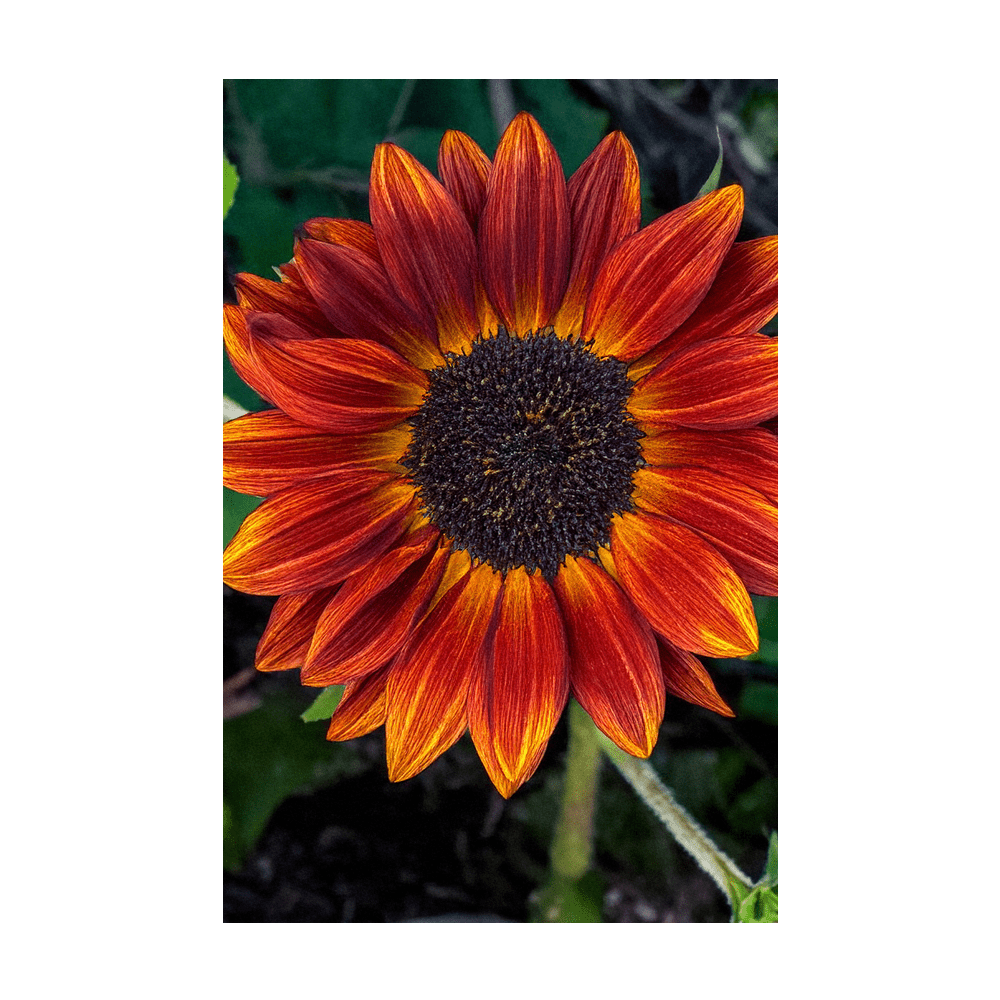Sunflower Flower Seeds Packet
$4.95
Unit price
/
Unavailable
Couldn't load pickup availability
Sunflowers (Helianthus annuus) are among the most recognizable and cherished flowers, known for their bright yellow petals and towering stalks. Sunflowers are stunning, easy-to-grow plants that add height, color, and function to any garden. Whether cultivated for ornamental beauty, edible seeds, or pollinator attraction, they thrive in warm, sunny conditions.
We stand by the quality of our flower seed packets! With high germination rates and vibrant blooms, your garden is sure to flourish. If you're not completely satisfied, we’ll replace or refund—guaranteed!
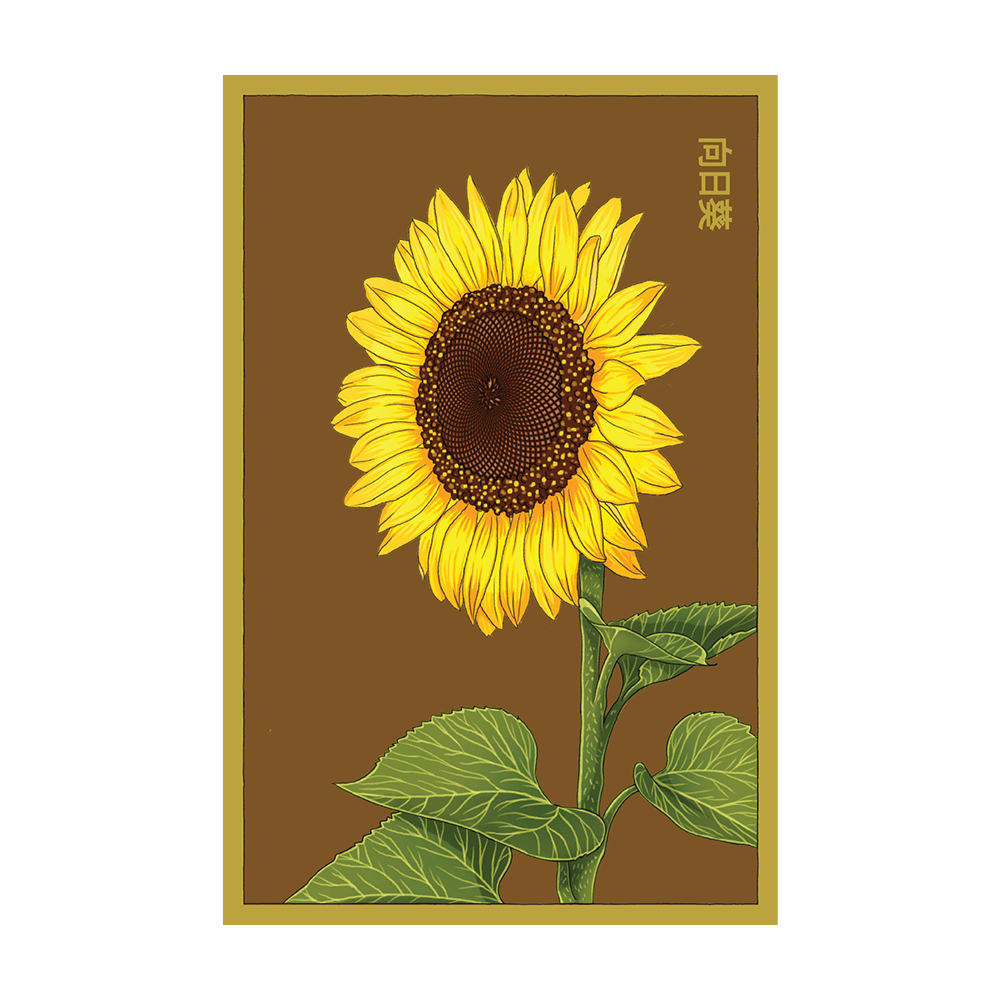
Sunflower Flower Seeds Packet
Why Shido Seeds Are the Best
Our flower and vegetable seeds are beautifully packaged little packets of magic. Guaranteed to turn your garden into the envy of the neighborhood. Get your hands dirty and let nature simply do its thing.
How to Plant Sunflowers from Seed
When to Plant Seeds
Seed Preparation
Sowing Seeds Outdoors
Transplanting Seedlings
Pro Tip










